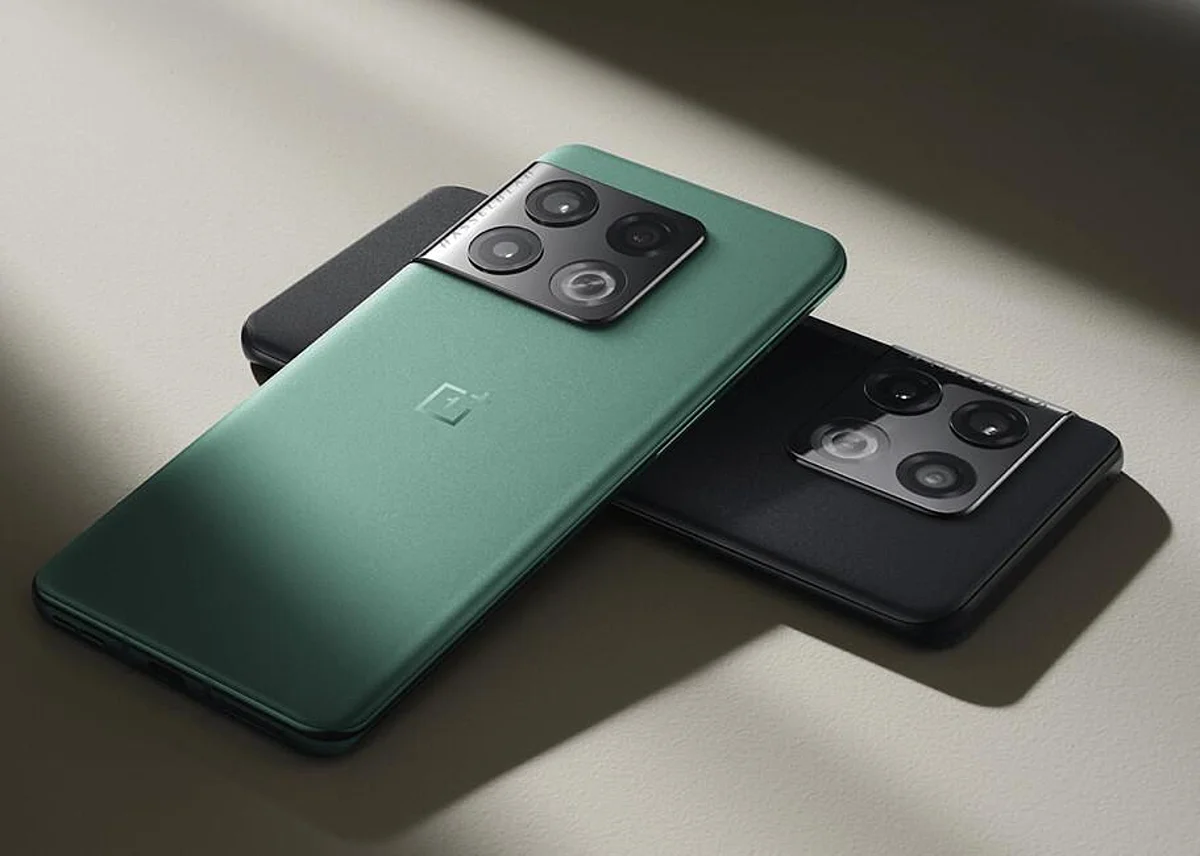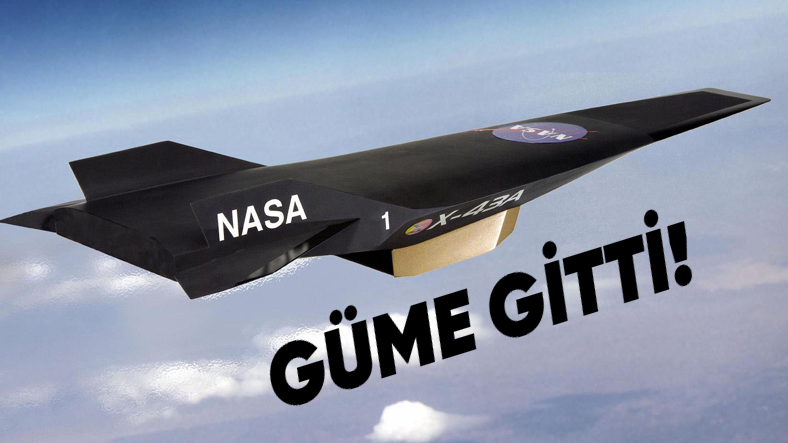Researchers from the University of Rochester have used surface acoustic waves to solve a major problem in the development of the quantum Internet.
In a new study published Nature CommunicationScientists from the Rochester Institute of Optics and the Department of Physics and Astronomy describe a technique for combining particles of light and sound that can be used to precisely convert information stored in quantum systems (qubits) into optical fields that can be transmitted over long distances.
What are surface acoustic waves?
Surface acoustic waves are vibrations that slide along the outer surfaces of materials, like waves in the ocean or tremors in the ground during an earthquake. They’re used in a variety of applications because they create very precise cavities that can be used for precise timing for purposes like navigation (many of the electrical components in our phones have surface acoustic wave filters), but scientists are starting to use them in quantum applications, too.
“Over the last 10 years, surface acoustic waves have become a good resource for quantum applications because the phonon, or individual sound particle, couples very well to different systems,” says William Renninger, associate professor in the Department of Optics and Physics.
Using current techniques, surface acoustic waves are accessed, manipulated, and controlled using piezoelectric materials to convert electricity into acoustic waves (or vice versa). However, these electrical signals must be applied to mechanical fingers placed in the middle of the acoustic cavity, which causes parasitic effects by scattering phonons into paths that must be compensated for.
Using light to control surface acoustic waves
Instead of coupling phonons with electric fields, Renninger’s lab tried a less invasive approach that illuminated the gaps, eliminating the need for mechanical contact.
“We were able to strongly couple acoustic waves on the surface to light,” says Arjun Iyer, a graduate student in optics and first author of the paper. “We designed acoustic cavities, or small echo chambers, for these waves, where the sound can persist for a long time, allowing for a stronger interaction. It’s remarkable that our technique works on all types of materials, not just piezoelectric materials, which can be controlled electrically.”
Renninger’s team collaborated with the lab of associate professor of physics John Nichol to create the surface acoustic wave instruments described in the study. In addition to creating strong quantum communication, the devices have the added advantages of simple fabrication, small size, and the ability to operate with large amounts of energy.
In addition to hybrid quantum computing applications, the team says their method could be used for spectroscopy, to probe the properties of materials as sensors, and to study the physics of condensed matter.













